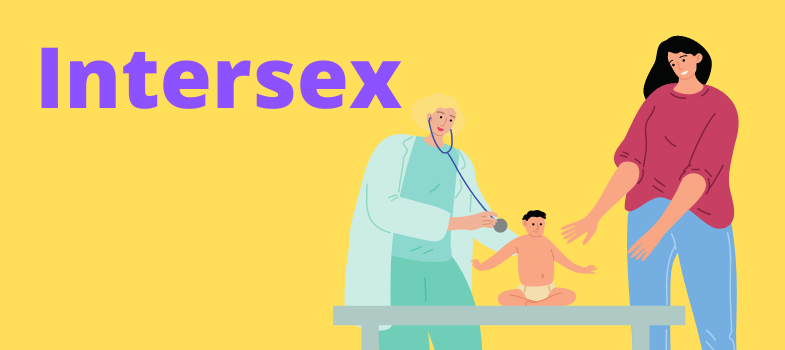Alternatives to the current model of care
It is worth considering
whether a new care pathway for intersex people is needed, informed by those
with lived experience.
Some intersex variations can be life-threatening unless treated, such as life-threatening salt wasting associated with Congenital Adrenal Hyperplasia (CAH) which needs to be treated with medication. However, irreversible cosmetic surgeries such as clitorectomies and clitoral reduction surgery, the surgical reduction or removal of the phallus, could be postponed until the person is old enough to provide informed consent.
Instead of secrecy the family could be educated on their child’s variation and encouraged to discuss it with their child when they are old enough to understand. The child could receive age-appropriate education throughout their childhood from their family, medical providers, and intersex educators. The family could be introduced to adults that live with the variation, as well as others from the intersex community, so that they and their child understand they are not alone.
Age-appropriate education on intersex could be provided in schools during sex education and biology so that intersex students feel represented and included and the rest of the class educated. This could help reduce intersex stigma.
Education could be provided to medical students, medical professionals, and mental health professionals on intersex so that knowledge is not restricted to endocrinologists and urologists that work with intersex infants. It is important that mental health and medical professionals are familiar with the issues that affect intersex people.
Clear care pathways for intersex people could be developed so that informed, knowledgeable, and appropriate care is accessible to intersex people throughout their lives.
Osteoporosis, a condition that causes brittle bones, affects many intersex people castrated during childhood surgeries. This requires access to HRT, or Hormone Replacement Therapy, for the rest of their lives. Some intersex people find themselves placed on multi-year waiting lists for transgender care to access HRT through an endocrinologist. Clear care pathways for intersex healthcare might resolves issues such as this.
You can use the use the reflection exercise in the next chapter to consider your own ideas on what you have learned so far and imagine yourself in the shoes of an intersex person.